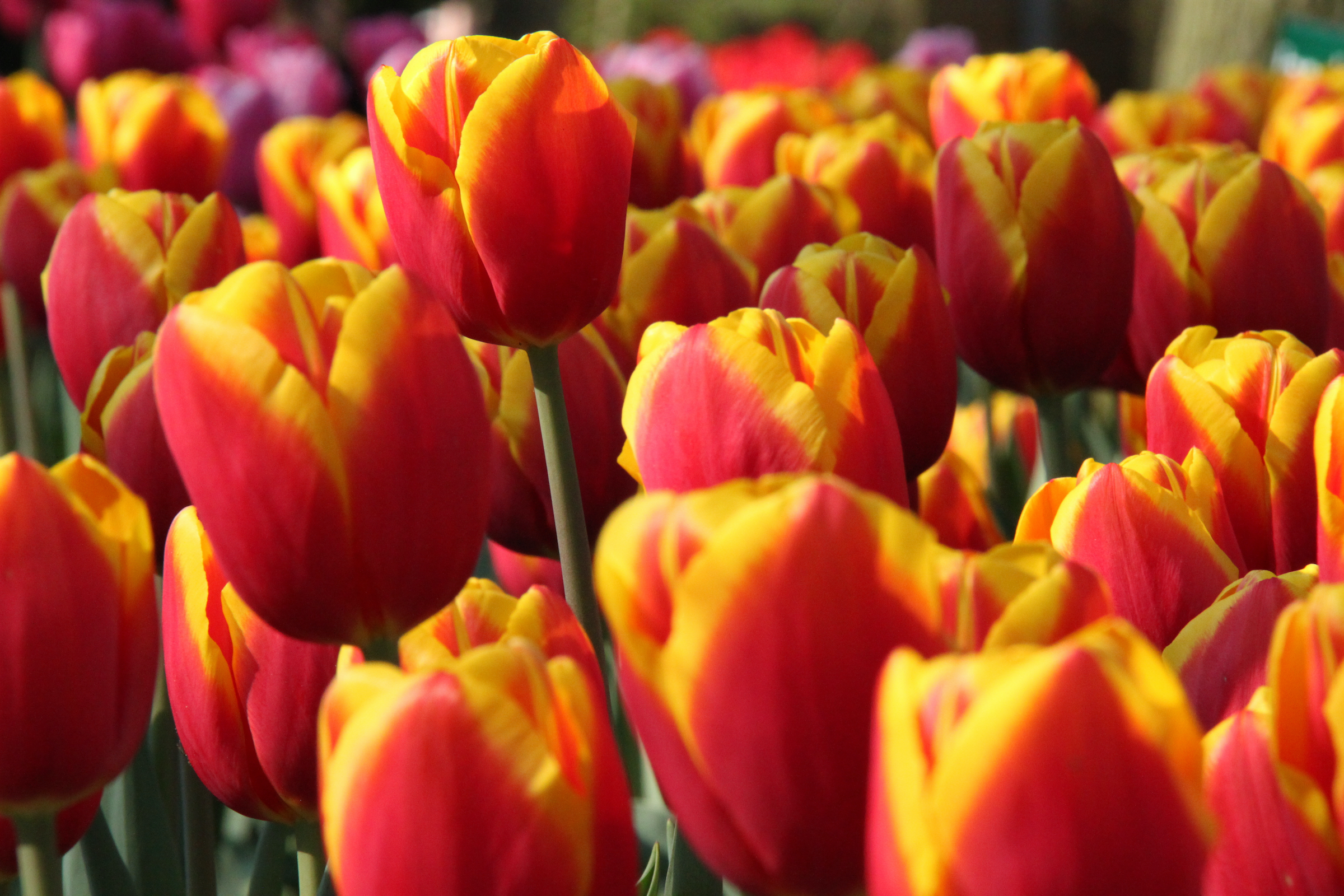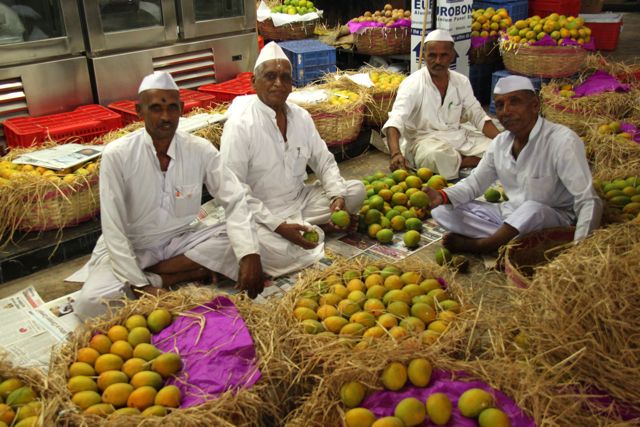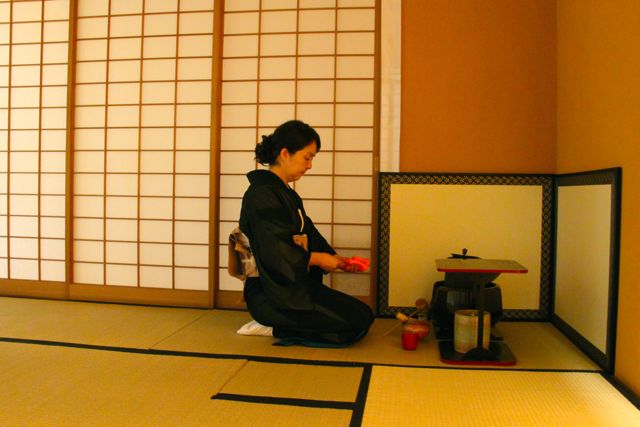
Malayadhwaja Pandiya must have been a sad king. Fate had played a cruel trick on him. After years of being childless and spending days and nights in prayer, and pouring countless kilos of pure ghee in the sacrificial fire, he had been blessed with a daughter. Alas! A daughter who was a freak; she was born with three breasts. Just as the royal couple was torn between joy and despair, a voice from the heavens informed them that her flaw would disappear as soon as she met her consort. The girl Meenakshi — the fish-eyed one — grew up into a beautiful princess who was finally won over by Lord Shiva and married him.

Or so goes the story.
The Meenakshi temple in Madurai is considered to be the site of the wedding of Shiva and Parvati, with Vishnu giving the bride away here. The town of Madurai grew around the temple, flourishing first under the Pandya dynasty and then the Vijayanagara kings, followed by the Nayaks. The present glorious state of the temple is attributed to the Nayak king Thirumalai Nayakar, who took over the refurbishment of the temple sometime in the early 17th century.
The town of Madurai, just as the temple, is entirely about Meenakshi. From a great distance, the tall towers, or gopuras with their elaborate and colourful statues of gods and demons, warriors and princes, are visible and lead me unerringly towards the temple. Ardent devotees and astute shoppers jostle past me as I make my way carefully through the crowded streets surrounding the temple. I am told to enter the temple and first visit the sanctum of the goddess and then move on to the altar of Shiva known here as Sundareshwara.


Woman power lives on in Madurai, and not just here at the temple in this form. Madurai’s other famous, if not favourite, daughter is Kannagi. Legend has it that fiery Kannagi sought justice from the court of the Pandya king Nedunchezhiyan when her husband Kovalan was unfairly accused of stealing the queen’s anklets. And when justice was denied, she burnt down Madurai in a violent rage against the king and the city he ruled over.
Madurai is held to be one of the ancient cities of India, flourishing as a centre for trade and culture, long before Kannagi and the temple gave it its present fame. It finds a mention in the notes of Greek ambassador and traveller Megasthenes and historians believe that he visited the city in the 3rd century BC.
My favourite spot inside the Meenakshi temple is not the long corridors where people sit for hours, staring at the lotus pond or the imposing towers. Nor is it under the stunning paintings of the gods and goddesses — a million stories including the divine wedding on the walls of the corridors. It is not in the narrow lanes leading out of the temple, tiny shops on either side selling authentic kunkumam and turmeric and photographs of temple idols. It is not even near the altars of Sundareshwarar; or Meenakshi; or further in, the garba griha – the sanctum sanctorum.
I love all of these, just as I love the temple itself for the teeming life in and around it at all times. However, each time I visit the temple, I pass through all these, and head to the Hanuman statue on the wall in one obscure corner of the temple. Like all South Indian temples, the Meenakshi temple sends you on a sensory over-drive. And in this space, as sacred for many as the other main sanctum, it is smell that is the overwhelming sense.
A devotee stands in front of the statue, eyes closed deep in prayer, as another shows a karpura (camphor) arati — the smell of burning camphor, strong by itself, mingles with other smells in the air. The immediate bouquet is of the camphor, kumkum and the coats of fresh butter that worshipers have smeared on the statue. Between this, there is the whiff of jasmine, the malligaipoo that Madurai is famous for, hanging from the braided well-oiled hair of women as well as resting on the several puja plates being carried around. From a distance, the smell of a hundred lamps just about to go out wafts through; at the shrine of the navagraha, the nine planets, believers have lit tiny lamps, cotton wicks bathing in pungent sesame oil.
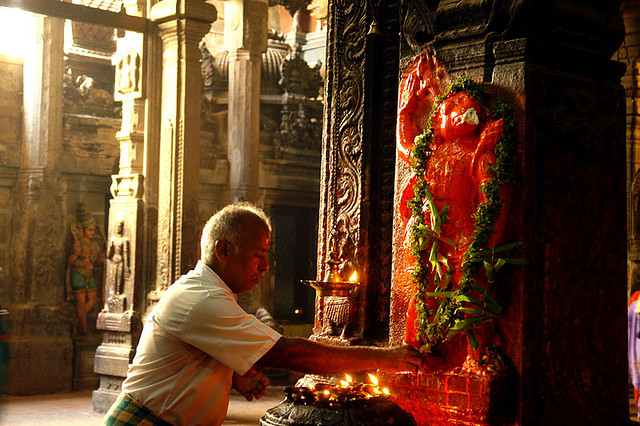
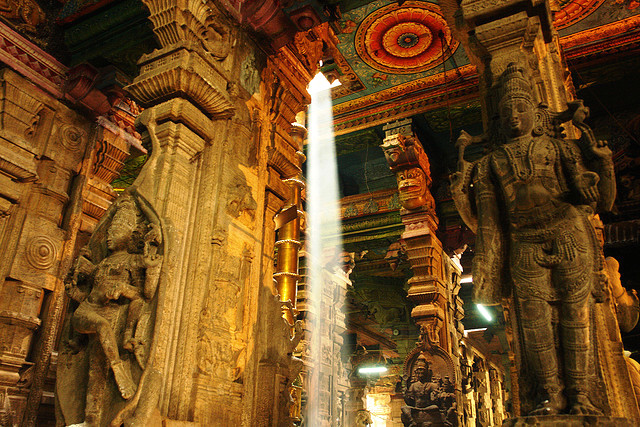
I sit there and take all this in. And the light from the skies flows in, washing over the entire scene and filling up the space. It finally settles on the faces of the people who have found their peace there.
Trip Planner
Madurai has an airport with daily flights from Chennai (fares begin roughly from Rs 2,400). There are also regular trains to Madurai from all major cities in Tamil Nadu.
The city is hot for most of the year – the best months are from December to February. Be sure to visit the thousand pillar hall inside the temple complex for its glorious paintings, and the Tirumalai Nayakar palace, less than two kilometres away. If possible, plan your trip around the Sankranti festival (mid-Januray, known locally as Pongal): don’t miss the jallikattu, the local bull-taming sport popular at this time.
Stay at the Gateway Hotel Pasumalai for excellent and consistent Taj service (rate for standard double rooms begin from Rs 3,800). For a more resorty experience, check into Heritage Madurai in the center of the city — rates here vary according to season, so it is best to contact the hotel directly.
***
This story was published in FirstPost as part of my travel column on Nov 22, 2011. Read it online here – Finding the still heart in Madurai’s madness…
